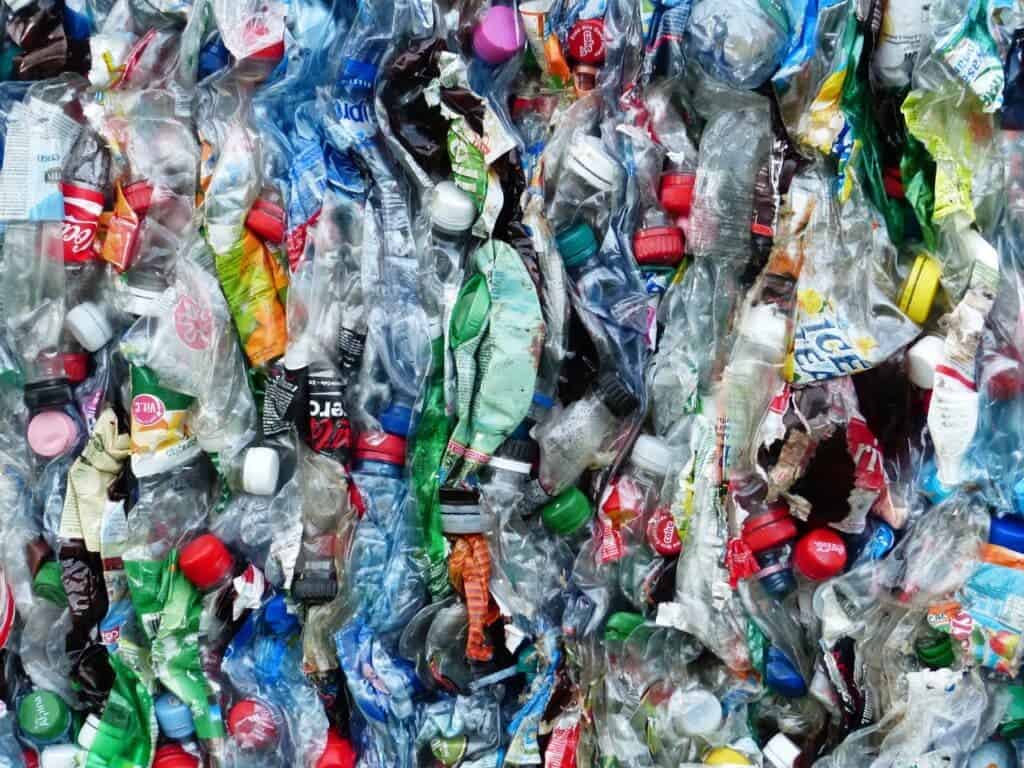Using enzymes to break down plastic waste is a new approach gaining a lot of momentum, with a set of recent breakthroughs showing that enzymes can reduce plastic to simple molecules. Now, in a new study, researchers have found an enzyme variant that can degrade PET plastics in a matter of hours to days — and stable enough to be adopted on a large scale.

The discovery could help tackle the world’s escalating plastic waste crisis, which is polluting the oceans and filling up landfills. Half of the plastics ever produced have been made in the last 15 years, and production is expected to double by 2050. They are truly everywhere, from Everest to Antarctica to the food we eat daily. Having a way to quickly break down and recycle plastic could make a big difference.
“The possibilities are endless across industries to leverage this leading-edge recycling process,” Hal Alper, study author from the University of Texas at Austin, said in a statement. “Beyond the waste management industry, this also provides corporations from every sector the opportunity to take a lead in recycling their products.”
Tackling the plastic crisis
Alper and his team focused on PET plastic (polyethylene terephthalate), a polymer that is mainly used for consumer packagings, such as bottles and containers, and for certain fibers and textiles. In 2016, researchers came up with an enzyme (PETase) that could break down PET plastic in weeks, a time frame that was then further improved six times in 2020.
Now, the researchers at the University of Texas wanted to further improve the use of the technology – which they believed has been held back by an inability to work well at low temperatures and at different pH ranges. They came up with a machine learning model and use it to create a new and improved enzyme named FAST-PETase that’s much more robust than previous iterations.
This new enzyme was better at breaking down PET plastic at a range of pH levels and at temperatures between 30 and 50 °C (86 and 122 Fahrenheit). It could almost degrade entire 51 different PET products in a week, and in some experiments in 24 hours. The enzyme could also do a circular process of breaking down the plastic and then putting it back together.
The enzyme won’t be released into the wild anytime soon. Instead, it could be used to “supercharge” plastic recycling on a large scale, allowing industries to reduce their environmental footprint by recovering and reusing plastics. It’s portable, affordable, and can be adopted on a large scale. They have already filed for a patent for this technology and hope to soon implement it in landfills and polluted areas.
Recycling is one the most obvious ways to reduce plastic waste (the other one being to simply use less), but globally less than 10% of all plastic gets recycled. That’s when we turn to landfills or burning, which is energy-intensive and costly. Biological alternatives such as enzymes require much less energy, but until now no one had figured out how to make enzymes work at low temperatures to make them more efficient.
“When considering environmental cleanup applications, you need an enzyme that can work in the environment at ambient temperature. This requirement is where our tech has a huge advantage in the future,” Alper concludes.
The study was published in the journal Nature.


